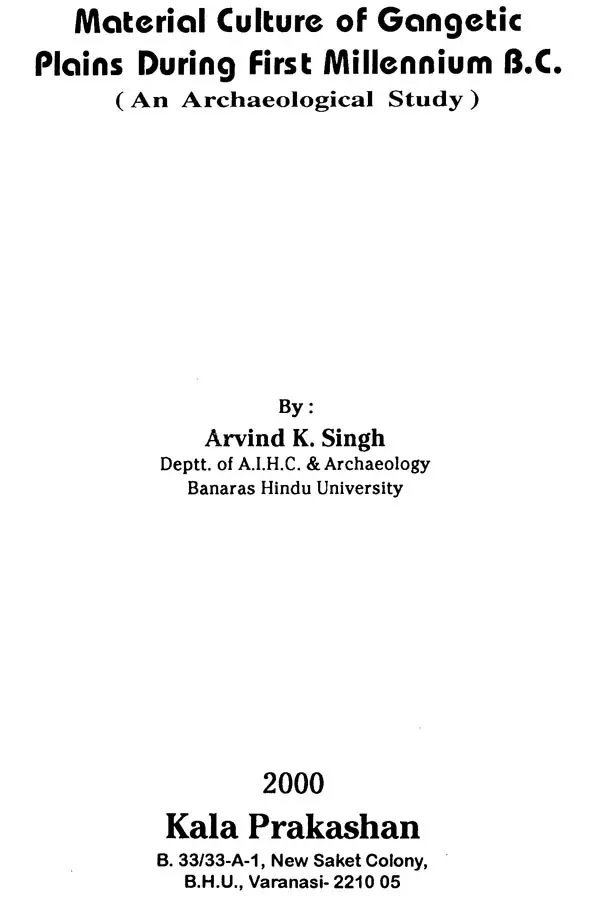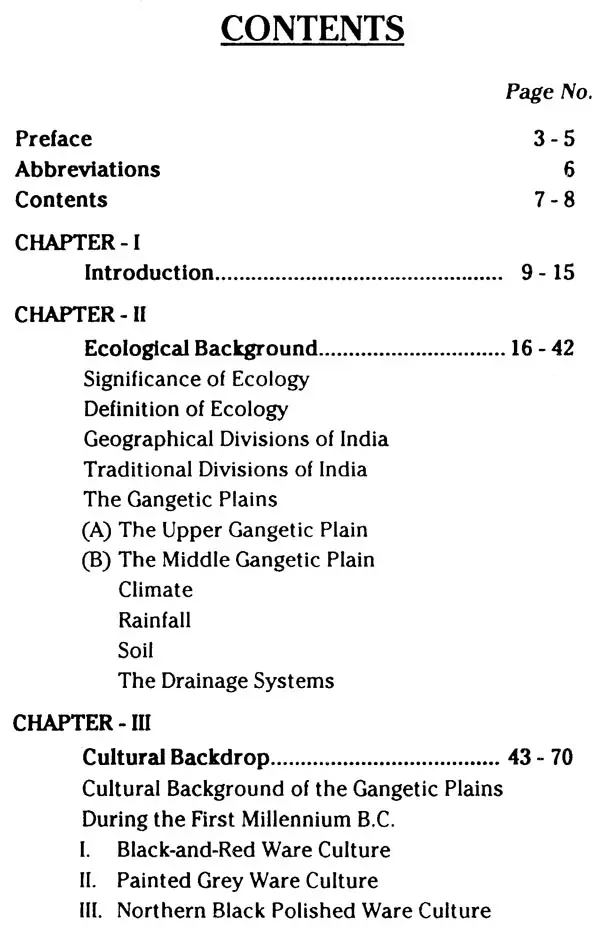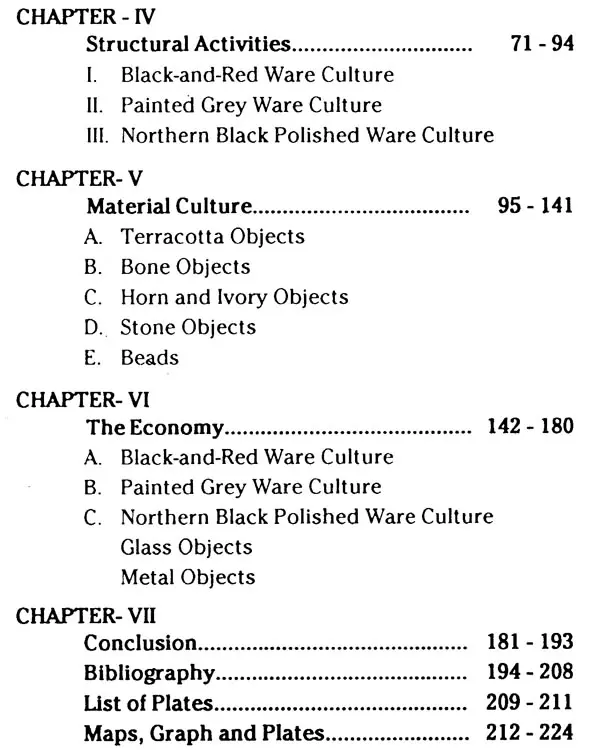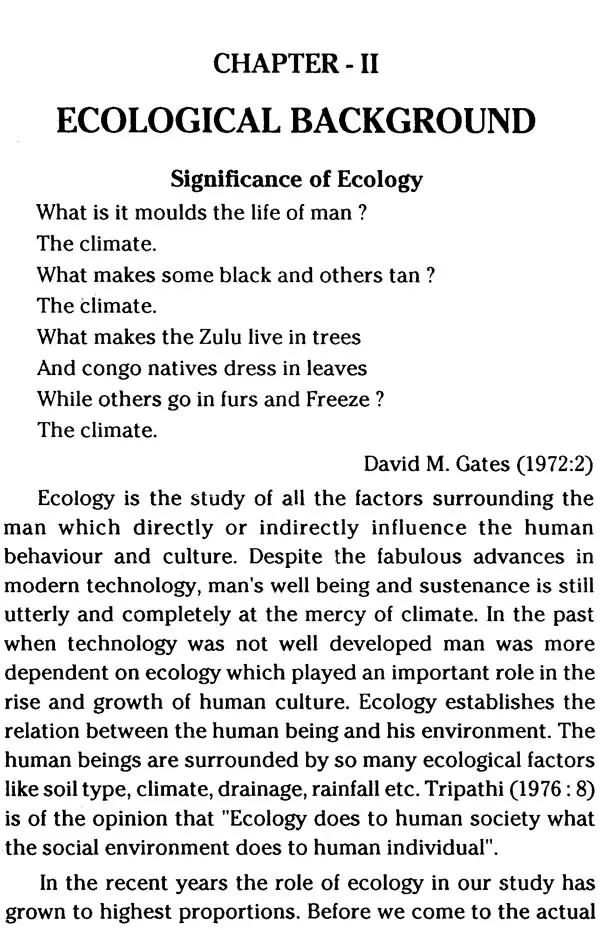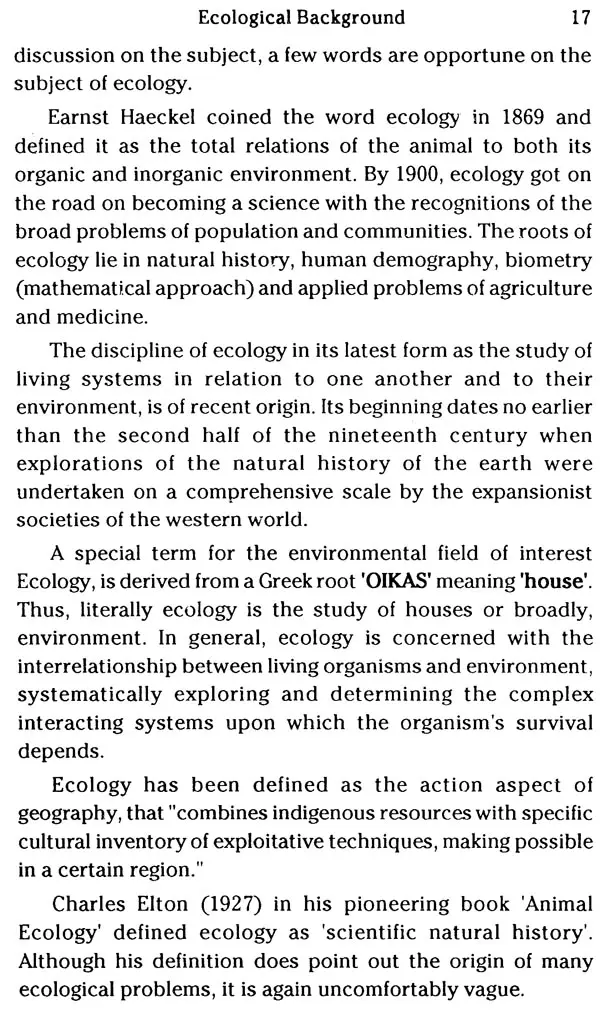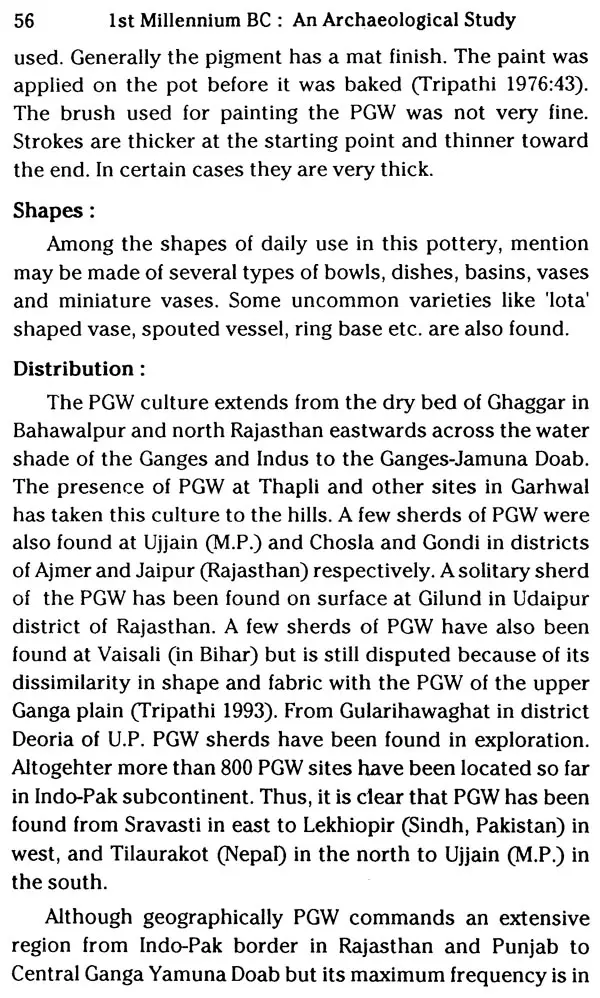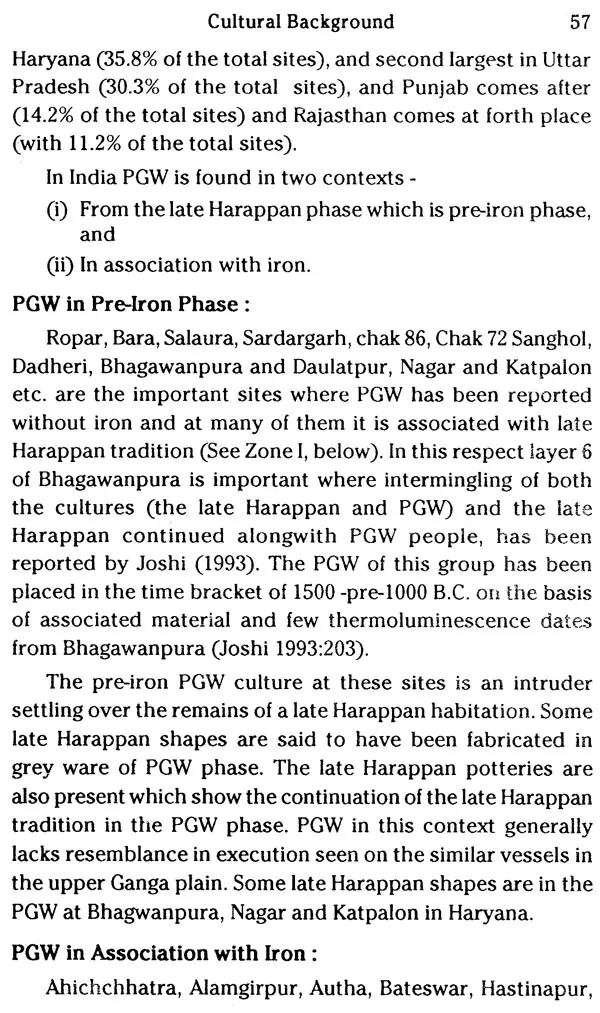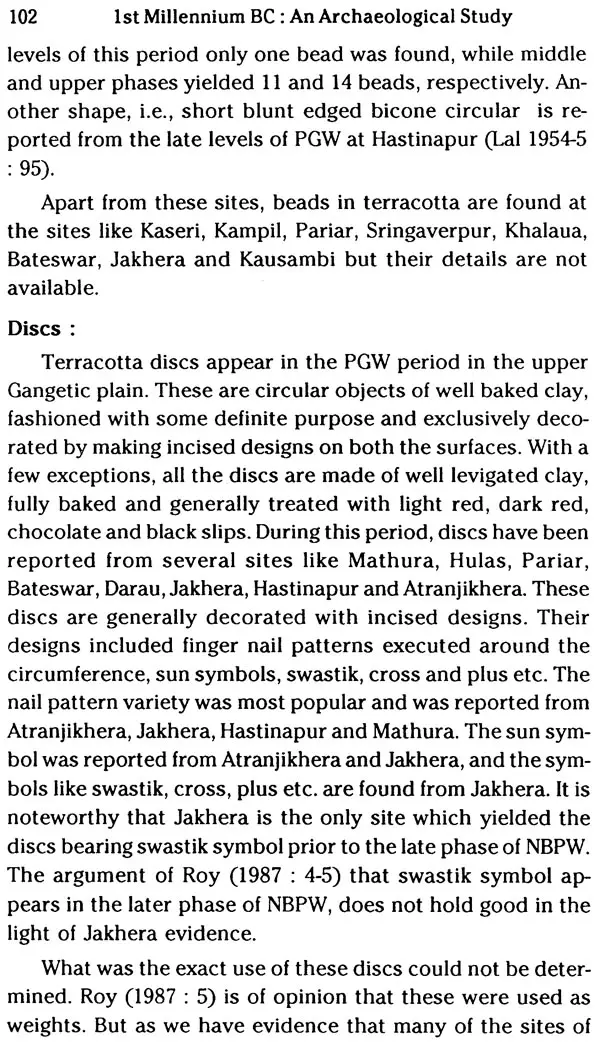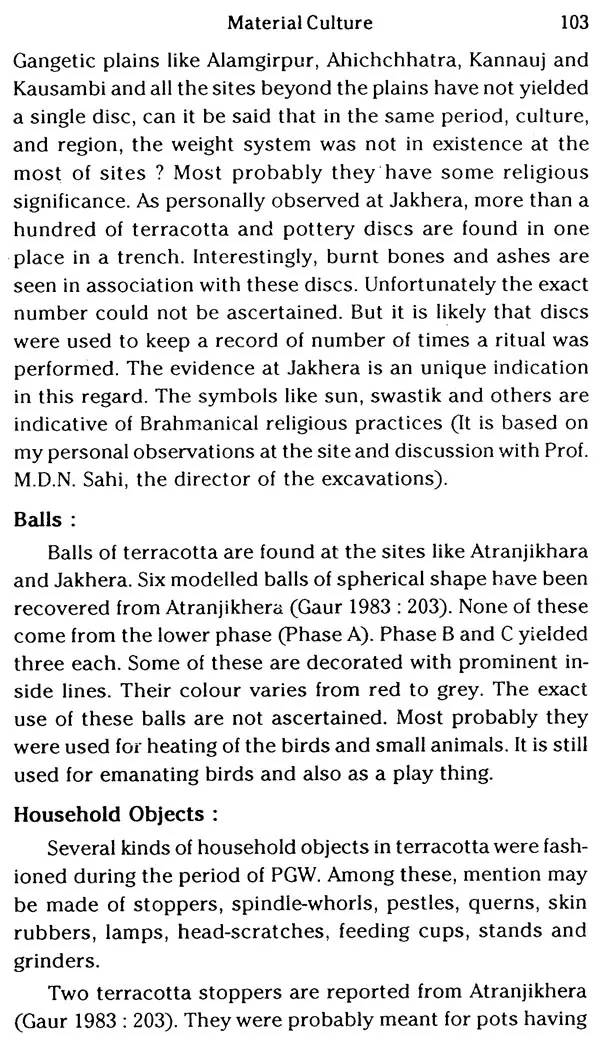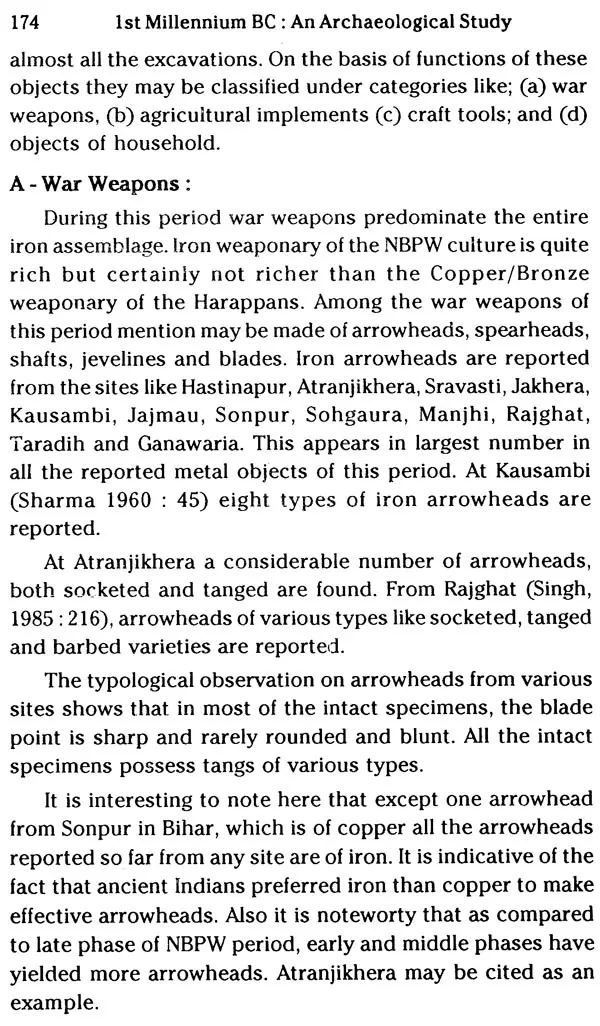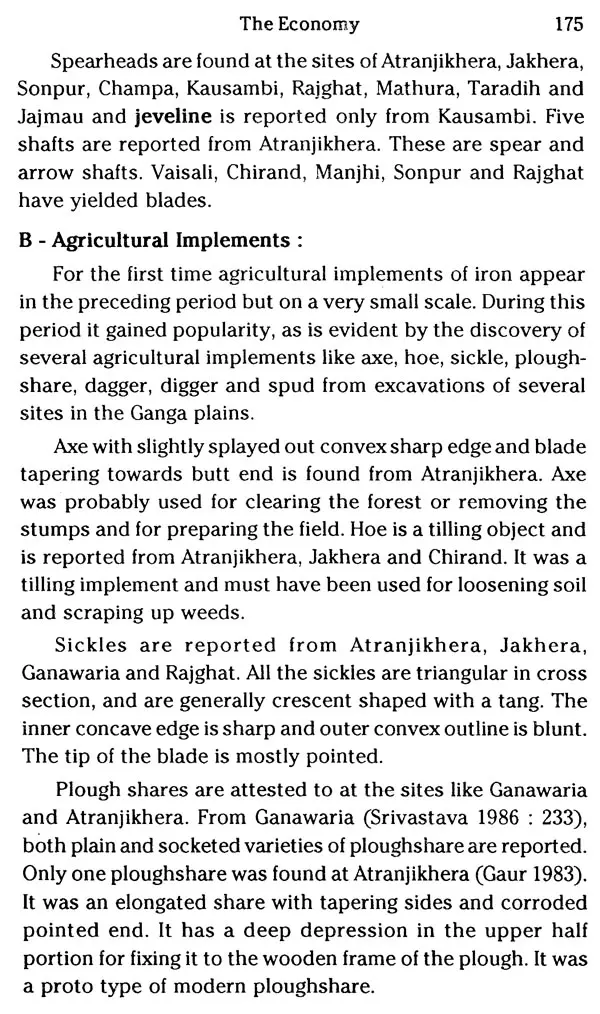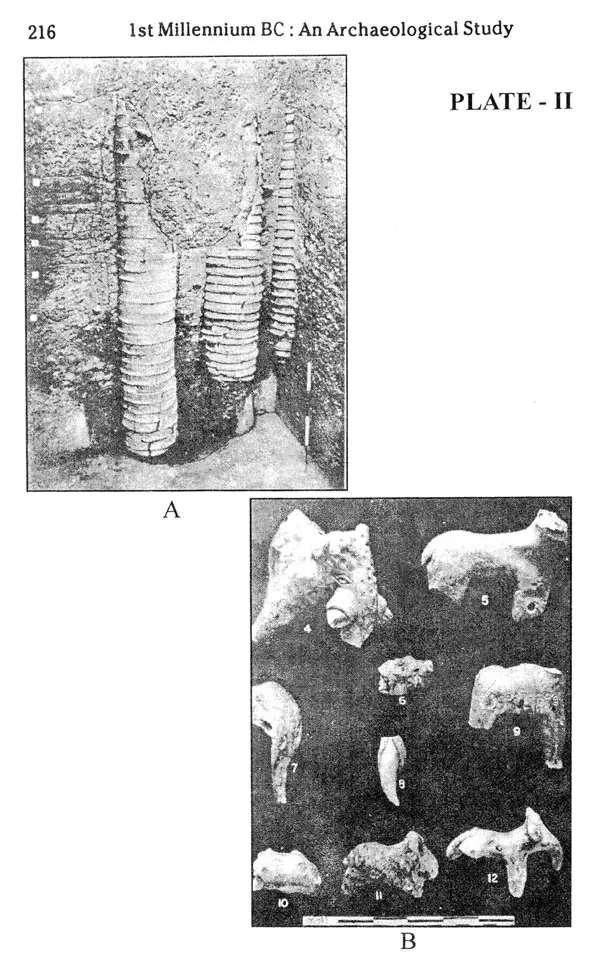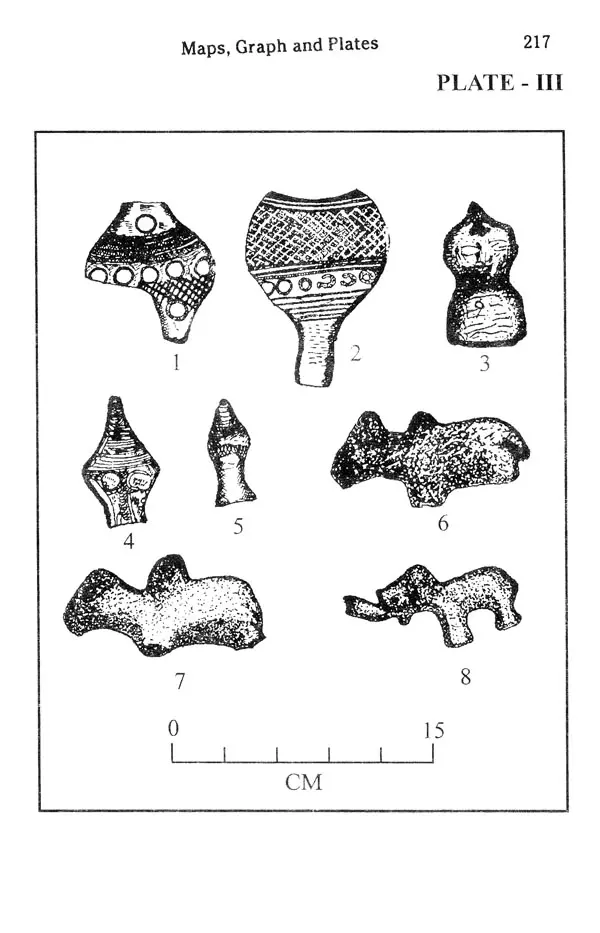About the Book After the decline of Harappa Culture Gangetic plains became the area of attraction' and subsequently the 'area of concentration.' Though many scholars have made valuable contributions by their scholarly researches on various aspects of its culture, but their works have focussed attention only on selected aspects of different cultures of this area. They hardly aim at tracing the material culture in a wholistic way. In the present book attempt has been made to meet this need. This work surveys all the aspects of material culture (of upper and middle Gangetic plains) i.e. structural activities, beads, stone objects, bone tools, terracotta objects, metal objects, agriculture and other economic aspects during first millennium B.C. With a close observation of all these material remains excavated from different Gangetic sites, the book highlights the pattern of growth of cultures, culture change and the processes involved in shaping the personality of the culture in this region. Although it is an archaeological study, the data have also been corroborated by literature (wherever available) to arrive at certain conclusions.
About the Author Dr. Arvind Kumar Singh, took his M. A. degree in Ancient Indian History, Culture and Archaeology with first division in 1990 from Banaras Hindu University. He was awarded Ph.D. in 1993 by the same University. He participated in several archaeological excavations undertaken by various institutions. He has also attended several inter-national and national seminars and presented and published papers on various aspects of archaeology. At present he is working on settlement pattern of ancient Varanasi (in the first millennium B.C.) as post doctoral fellow (ICHR) in the Deptt. of A.I.H.C. & Archaeology at Banaras Hindu University.
Preface Study of material culture has not gained adequate attention as an independent subject of inquiry in archaeological researches in India. It is this lacuna that the present work proposes to fill. During the 1st millennium B.C. the cultural foci shifted from the Indus valley to Gangetic plains which gradually became the area of concentration. It was labeled as 'Ganges Civilization' by Sir R.E.M. Wheeler. The hospitable ecological conditions attracted the ancient settlers and became the cradle of civilization giving rise to important cultures during the first millennium B.C. Despite the extraordinary cultural significance the Gangetic valley has not attracted the scholars to that extent as the Indus valley. There is an urgent need that this ecological zone be studied to minutest possible details. The present work is an humble attempt in this direction.
Though many scholars have made valuable contributions by their scholarly researches on various aspects of its culture but their works have focused attention only on a few selected aspects of different cultures of this area. An attempt has yet to be made to highlight the pattern of growth of the cultures, the culture change and processes involved in shaping the personality of the cultures in the region. It may be achieved by a study of the material culture. The present work proposes to study the material culture at a length to reconstruct the life of common man of Gangetic plains (of upper and middle plains) during the first millennium B.C.
The Gangetic plains during the first millennium B.C. witnessed two important archaeological cultures i.e. Painted Grey Ware and Northern Black Polished Ware.
Introduction The present study proposes to focus attention on the revaluation of the material culture of the Gangetic plains, especially the upper and middle, during the first millennium B.C. The cultural foci shifted from the Indus valley to the Gangetic basin after the decline of the former, towards the end of the 2nd mill. B.C. and the beginning of the 1st mill. B.C. The Ganga basin gradually became the area of concentration' which witnessed the second urbanization of India, giving rise to the first imperial power of Indian history. This process, from colonization of the fertile Gangetic plains to the rise of mighty Magadhan imperialism took several centuries. What happened in course of this period can be evaluated with a study of material remains coming from successive cultural periods of this region. There is an urgent need that this ecological zone, distinct from the Indus valley, where the present Indian civilization acquired its true form, be studied in greatest possible details. The present work is an humble attempt in this direction.
It would be unfair to the great scholars who placed the 'Ganges Civilization' to its present status, not to acknowledge the valuable contributions that they made to the study of different aspects of cultures that flourished in this region over the period of a millennium. The stalwarts like Sir John Marshall, Sir R.E.M. Wheeler, D.H. Gordon laid the foundation of archaeological activities in the Ganga plains.
Book's Contents and Sample Pages
